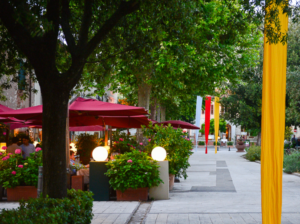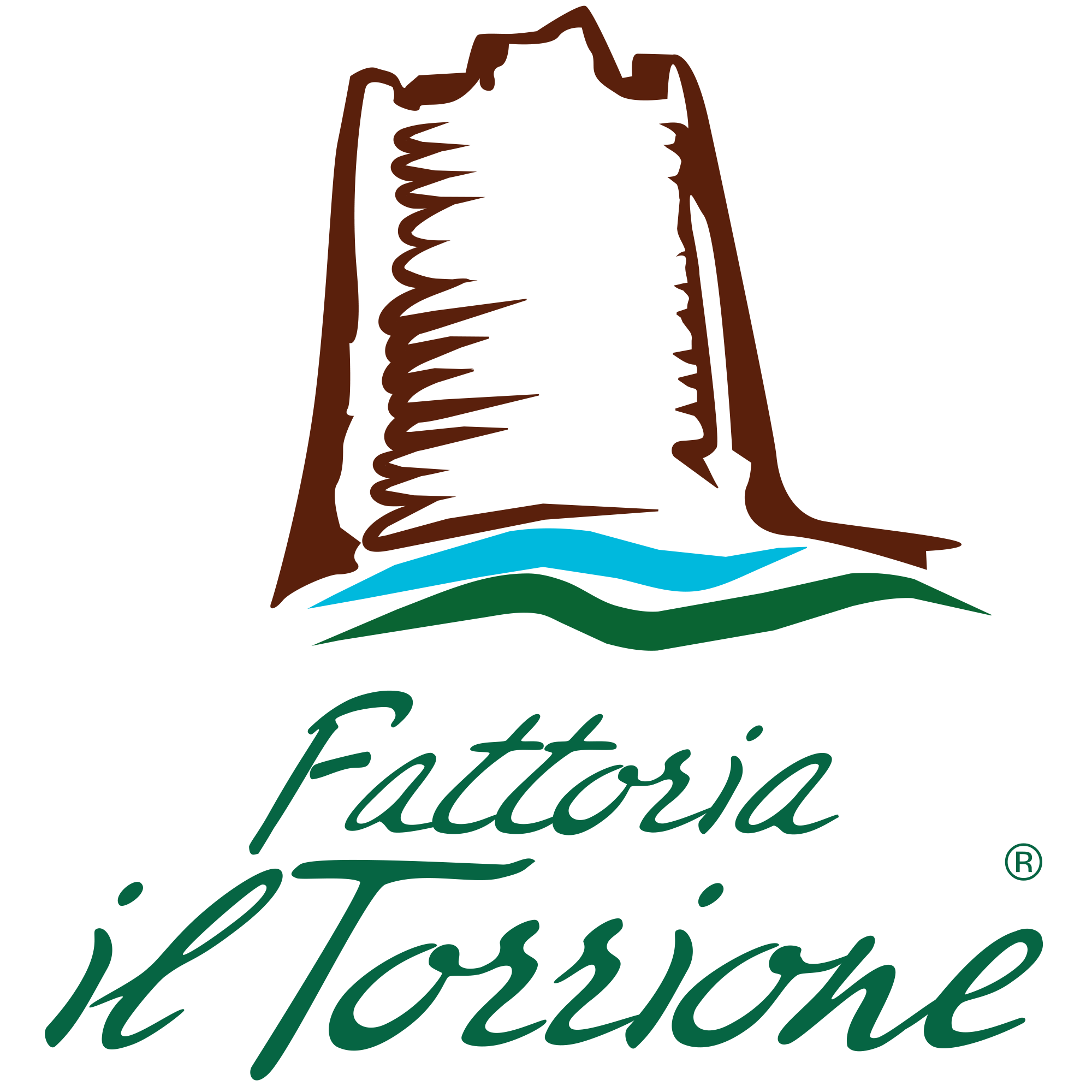 Saturnia
Saturnia
A beautiful village in the Maremma hinterland, Saturnia is one of the oldest cities in Italy and undoubtedly one of the most important spa resorts in the world.
Saturnia is a delightful village that rises on the hills of the Tuscan Maremma, a few minutes from the famous thermal baths and the beautiful Cascate del Mulino, is one of the most beautiful attractions of this area and undoubtedly an unmissable stop. However, the charm of Saturnia is not only linked to its thermal baths, but also to its history, the city is in fact one of the oldest in Italy and every corner of its inhabited area tells of a past full of events, evidence of the passage of glorious peoples and legends with a timeless charm. There is nothing more beautiful than getting lost in the streets of Saturnia breathing that unique and reassuring atmosphere of the Maremma villages, a walk through history, surrounded by nature that is still extraordinarily strong and luxuriant today … and it is right here, among the narrow streets set among ancient houses, which can be admired its most beautiful jewels, from the Church of Santa Maria Maddalena to the Archaeological Museum, passing through the remains of Roman columns, exhibited in the central square, Piazza Vittorio Veneto, up to the city walls, built by the Etruscans and the Porta Romana, built to protect the ancient route of the Via Clodia. After all this strolling you will surely be hungry … so why not stop in one of the restaurants or trattorias in the village and savor the excellent dishes of the Maremma culinary tradition, perhaps a good platter of cold cuts and cheeses accompanied by one of the famous Maremma wines, or a first course of strictly homemade pasta, all in the splendid setting of the square of Saturnia, immersed in the most authentic spirit of this unique and particular town of its kind.
What to See in Saturnia
Saturnia is a village with a very ancient history and this peculiarity is reflected in its monuments and historic buildings, today a precious testimony of past centuries.
- ARCHAEOLOGICAL MUSEUM. Inside it houses the Ciacci collection, with artifacts found in the nearby necropolis and archaeological areas between the end of the 1800s and the beginning of the 1900s. The collection on display consists mainly of objects from the necropolis found in the properties of the Ciacci family, between Saturnia and Pitigliano.
- POLO ALDI. Recently inaugurated, Polo Aldi houses an important collection of paintings by the Manchiano painter Pietro Aldi.
- WALL. Built by the Etruscans and fortified in Roman times, it included four access gates of which only the Roman Gate has survived to this day, which stood on the route of the Via Clodia, the historic Roman road that connected Saturnia to Rome.
- CHURCH OF SANTA MARIA MADDALENA. Its construction is certainly prior to 1188 (the year in which it is mentioned for the first time in a papal bull of Pope Clement III). Inside there are precious paintings and works, including a painting of the Madonna and Child with Saints Sebastian and Mary Magdalene, dating back to the fifteenth century, two wooden crosses of the eighteenth century, a wooden tabernacle with painted Saints Clare and Elisabetta d ‘ Hungary and two paintings depicting a Bishop Saint and Saint Francis of Assisi, both made by the Sienese school painter Ilario Casolani.
- NECROPOLIS OF THE STRUT. It is the main necropolis around Saturnia, it was used in the Etruscan era between the seventh and sixth centuries BC. and houses about 30 tumulus tombs with burial chambers with the characteristic cover with travertine slabs.
- TERME DI SATURNIA. The Terme di Saturnia Spa & amp; Golf Resort® are one of the most important thermal parks in Italy and in the world. The thermal pools, the large spring water pool, the water courses and the whirlpools, the large wellness center and the golf course are beautiful.
- WATERFALLS OF THE MILL. These are the famous Saturnia waterfalls, originating from the large thermal waterfall that pours its waters into the natural pools. They are considered the “Most Beautiful Free Spas in Tuscany”.
History
Remembered by the Greek historian Dionysius of Halicarnassus as one of the oldest cities in Italy, Saturnia was inhabited by the people of the Pelasgians and then by the Etruscans. the first traces that testify human presence on the territory date back to the late Bronze Age, around the 11th century BC. In Etruscan times the city was known with the name of Aurinia, it was occupied and conquered by the Romans following the fall of the city of Vulci, which occurred in 281 BC. In Roman times the city was restructured and it is at this time that the urban layout of Saturnia dates back, and has remained almost unchanged to this day. Saturnia was also the seat of an early Christian diocese, it was partially destroyed by the Lombards led by King Autari in 585 AD. and again by the Saracens in 938. Around the year one thousand Saturnia became a possession of Sovana under the government of the Aldobrandeschi. Saturnia was particularly loved by Margherita Aldobrandeschi, the last countess of the family. Over the centuries the city was at the center of important disputes between the city of Orvieto, the Basques, the Sienese and the Orsini, in 1410 it was occupied by the Sienese under whom it remained until 1559, the year of the fall of the Sienese Republic at the hands of Florentine power, under the government of Cosimo I de’Medici. In 1593 Saturnia obtained the recognition of marquisate and was granted as a fief to the Ximenes of Aragon, passed to the Panciatichi in 1738 and in 1856 much of the town and surrounding land were purchased by Bernardino Ciacci.
How to get to Saturnia
Agriturismo il Torrione is located less than 1km from Saturnia, easily accessible both on foot and by car. From our farmhouse it will be sufficient to turn left and continue for about 350mt. In a few minutes you will find yourself in the heart of the small village of Saturnia.
